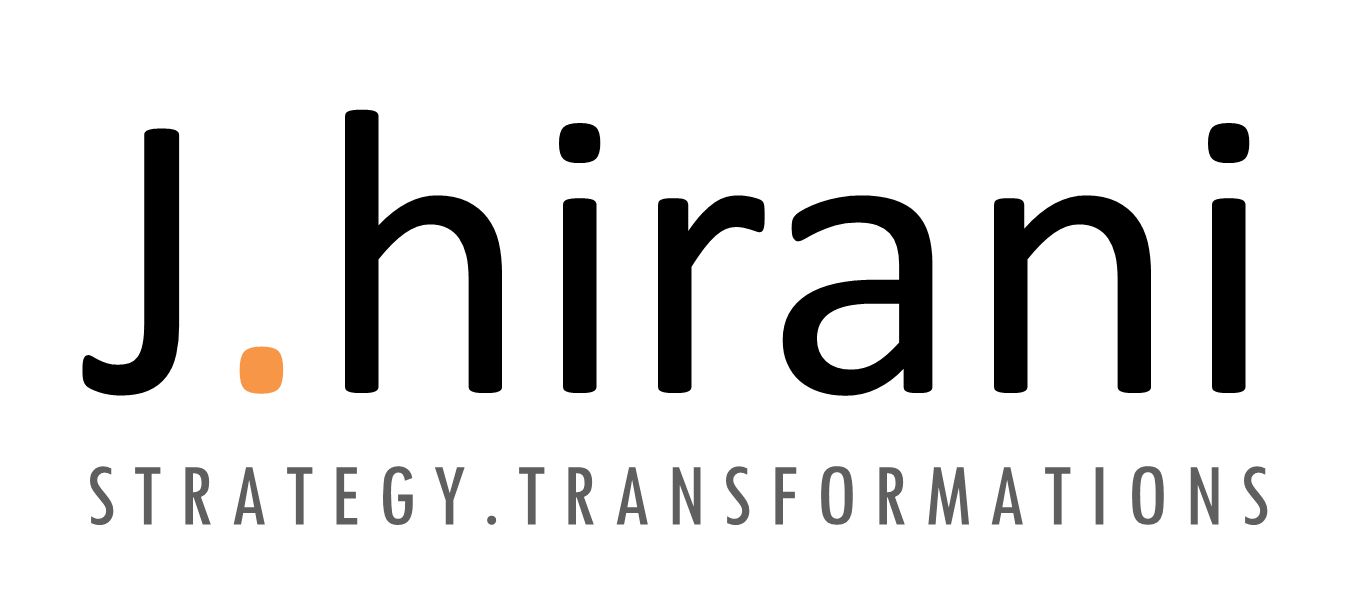Disruption of the chemical industries would welcome a new era in the history of chemical industry while all the firms have advanced with time and is making use of more contemporary technologies, the chemical industry is still dependent of the traditional model and technologies. The post COVID-19 era is going o bring upon a digitalised manufacturing as well as operation of India’s chemical industry. A few of the major possible disruptions can be mentioned as below.
1. Use of quantum computing in the chemical industry:
Quantum computing can have many applications in the chemical industry right from the designing of the which is the first stage of manufacturing of chemicals to the marketing of the products which is the last stage of the chain. Quantum computing has the potential to enable chemical companies to make better products at a lower cost in less time. While the chemical industry has not been disrupted yet by digital advances, that has taken other industries by a storm. In these demanding times of COVID-19 crisis where the demand for digital advances has been higher than ever for all the industries. It might just be the right time for the chemical industry to jump onto digital advances which can deliver the right competitive advantage to the firms. A brief overview of how quantum computing can be applied to different stages of chemical industry can be seen by the table:

2. Direct commercial interfaces or digital platforms
These modes of buying and selling are increasingly preferred by B2B buyers of the chemical industries. The companies who want to take advantage of it need to move fast into this space. Recent studies show that around 85% of the buyers of B2B marketers prefer to purchase a known product over a digital platform instead of placing the order over a phone or an email. The above preferences could be better understood from the snapshot of customer buying preferences of the B2B market

But to successfully adopt digital platforms the chemical industry will have to take care of the following three aspects:
1. Transparency of product prices
2. Increased inefficiency (a platform could make selling leaner and leverage benefits of scale).
3. Decoupling of the manufacturing and market matching (the manufacturer isn’t necessarily the one that sells the product.
The above reasons make adopting the digital platforms on their own difficult for chemical companies. But in collaboration with other players which could provide them with the advantage of scale or with eCommerce incorporation. The chemical production firm might be able to have the speed and agility required for a successful move towards digital platforms. Its time for chemical companies to make a fast move in this direction especially in this situation in which a lot of restriction is in position due to the COVID-19 crisis. This move will demand disruptions in the operating model of the firms. They need to be more agile and need to have an equilibrium between the fast demand and supply. To achieve that equilibrium, firms will have to develop a dynamic ecosystem.
3. Technology-enabled procurement for chemical companies
New digital procurement techniques are the adaption that the chemical companies could incorporate. This step could reduce the overall spending of industries by 8-12% in just about a period of 2-5 years. A successful strategy of digital procurement takes about 12 months to show its tangible impact. Going digital in the procurement process can provide the chemical organizations with agility and flexibility and help in the reduction of the cost. Digital tools are part of a broader set of procurement best practices, not an addition to or replacement for them. One of the examples of digital technology being implemented in the process of procurement is the use of the supplier portal.

Image helps to know How the use of digital advances in the procurement techniques streamlines the process of procurement and gives more transparency to both supplier and receiver making the process more agile and quick which is the demand of the hour for the factories in the post COVID era.
Author:
 Shubham Mahla: A B.Tech graduate who is currently pursuing his MBA from Institute of Management, Nirma University is associated with J.Hirani as an intern. His keen inclination towards Finance and passion for learning has persuaded him to explore the field with excellent work in research and application tools. His contribution in this article has helped him to develop holistic deep insights.
Shubham Mahla: A B.Tech graduate who is currently pursuing his MBA from Institute of Management, Nirma University is associated with J.Hirani as an intern. His keen inclination towards Finance and passion for learning has persuaded him to explore the field with excellent work in research and application tools. His contribution in this article has helped him to develop holistic deep insights.
Guide:
 Parth Hirani is leading a strategic advisory practice at J.Hirani & has helped various organizations align strategies across continents. A social & collaborative sapien by nature. He enjoys being a full time “dreamer” & loves challenging “possibilities”.
Parth Hirani is leading a strategic advisory practice at J.Hirani & has helped various organizations align strategies across continents. A social & collaborative sapien by nature. He enjoys being a full time “dreamer” & loves challenging “possibilities”.
Success mantra- “We believe it’s possible; while maintaining flexibility on “How” we are “Rigid” on our “Goals”
About J.hirani: J.hirani is a Strategic Transformation team which works as a growth partner for different organisations in various industries by providing services like Agile transformation, Scenario mapping, Strategic alignment, Balance scorecard, Digital transformation, Incubating new ventures, Operation excellence and Aligning human capital.
©J.Hirani, Post Covid: Potential distribution in chemical industry, June 2020. All rights reserved



